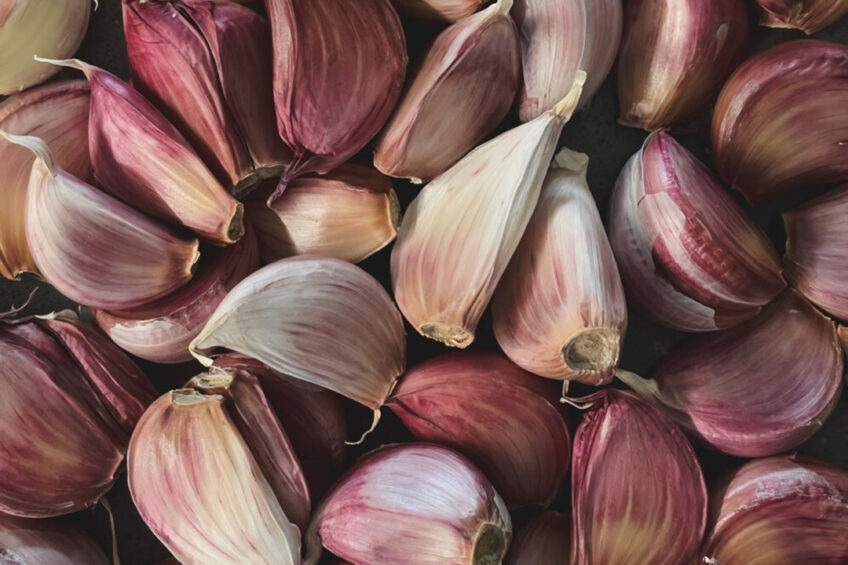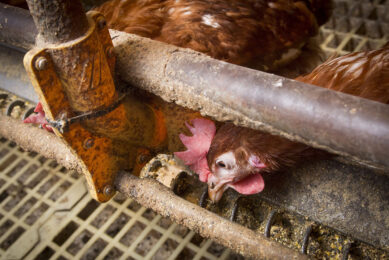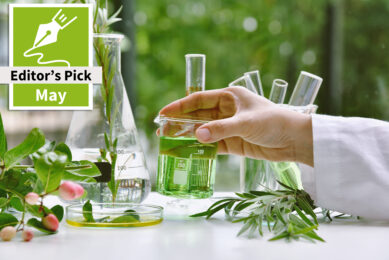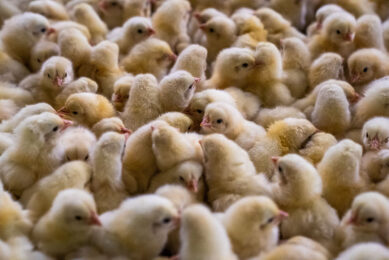Effect of eugenol and garlic on NE-challenged broilers

A study examined the potential of eugenol and garlic tincture as an alternative to antimicrobials on the performance of broilers under necrotic enteritis challenge. The researchers presented some interesting findings.
Necrotic enteritis is said to cost the global poultry industry over US$6 billion per annum. The clinical form can cause sudden flock mortality of up to 50% in severe cases while the sub-clinical form can reduce feed intake and body weight gain, impair digestibility and increase feed conversion ratio, intestinal lesions, and diarrhoea.
In-feed antimicrobials have typically been applied to control necrotic enteritis, but its ban/restriction has resulted in a growing interest in viable alternatives with plant extracts gaining increasing attention.
Garlic and eugenol
Some bioactive compounds derived from plants are known to have antimicrobial, anti-coccidial, antifungal, antiviral, and antioxidative properties. Garlic and garlic metabolites have these properties. Researchers have shown that the nature-identical phenolic compound, eugenol, has also shown these effects.
A group of researchers*, therefore, designed a study to evaluate the efficacy of these plant extracts on the performance of broilers subjected to clinical necrotic enteritis challenge. They also set out to determine the effect of a combination of plant extract and antimicrobials.
The study
A total of 960 day-old mixed-sex Cobb 500 chicks were randomly distributed to 6 treatments replicated 8 times with 20 birds each. The 6 treatments were as follows:
- UC: Unchallenged control, without additives or in-feed antimicrobials
- CC: Challenged control, without additives or in-feed antimicrobials
- PE: Challenged group plus plant extract containing 10% eugenol and 10% garlic tincture at 100 parts per million (ppm)
- AM: Challenged group plus antimicrobials containing 50 ppm each active compound of narasin and nicarbazin
- FAP: Challenged group plus a full dose of antimicrobials with plant extract
- HAP: Challenged group plus a half dose of antimicrobials with plant extract in starter, grower and finisher phases.
Broiler performance
Starter phase (day 0 to 9) – In the starter phase, body weight gain, feed intake, feed conversion rate, and livability were consistent across treatment groups.
Grower phase (day 9 to 21) – In the grower phase, the necrotic enteritis challenge significantly decreased feed intake, body weight gain and livability, and increased feed conversion rate in the CC group compared to the UC group. The supplementation of plant extract significantly improved feed conversion rate compared to the CC group.
Birds in the PE group showed a numeric improvement of livability (3.9%) compared to the CC group. Compared to the AM group, PE fed birds had higher feed conversion rate and lower feed intake, body weight gain, and livability. Furthermore, birds fed FAP had similar body weight gain, feed intake, feed conversion rate, and livability, and birds fed HAP had lower feed intake, body weight gain, and higher feed conversion rate compared to the AM group. Livability was consistent across treatment groups.
Finisher phase (day 21 to 35) – In the finisher phase, the supplementation of PE significantly reduced feed conversion rate compared to the CC group. Compared to the AM group, birds fed PE had lower feed conversion rate, feed intake, and body weight gain, but similar livability. Birds fed FAP and HAP had similar body weight gain, feed intake, feed conversion rate, and livability compared to the AM group.
Effects of plant extracts and necrotic enteritis challenge on the performance in broilers at different phases
This study demonstrated that the dietary inclusion of a microencapsulated product composed of eugenol and garlic tincture has the potential to improve performance and intestinal health, and reduce the severity of clinical NE challenge. However, as birds fed AM was more protective in controlling clinical NE, the combination of antimicrobial and PE failed to exert synergistic effects under the present conditions.
* Alip Kumar, Nishchal K. Sharma, Sarbast K. Kheravii, Chake Keerqin, Shu-Biao Wu from the School of Environmental and Rural Science, University of New England in Australia, and Catherine Ionescu and Alexandra Blanchard from ADMi|Pancosma in Switzerland.











